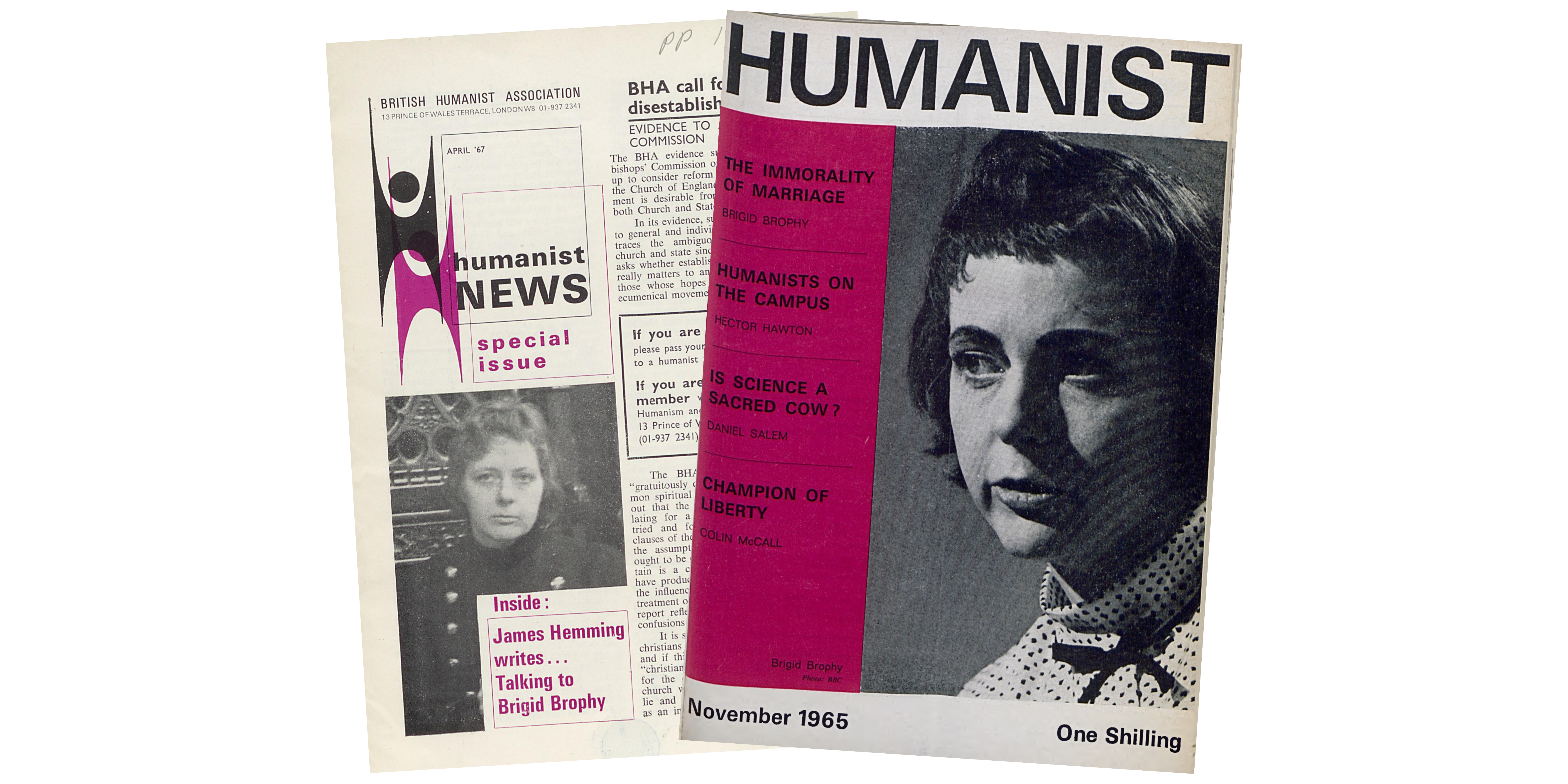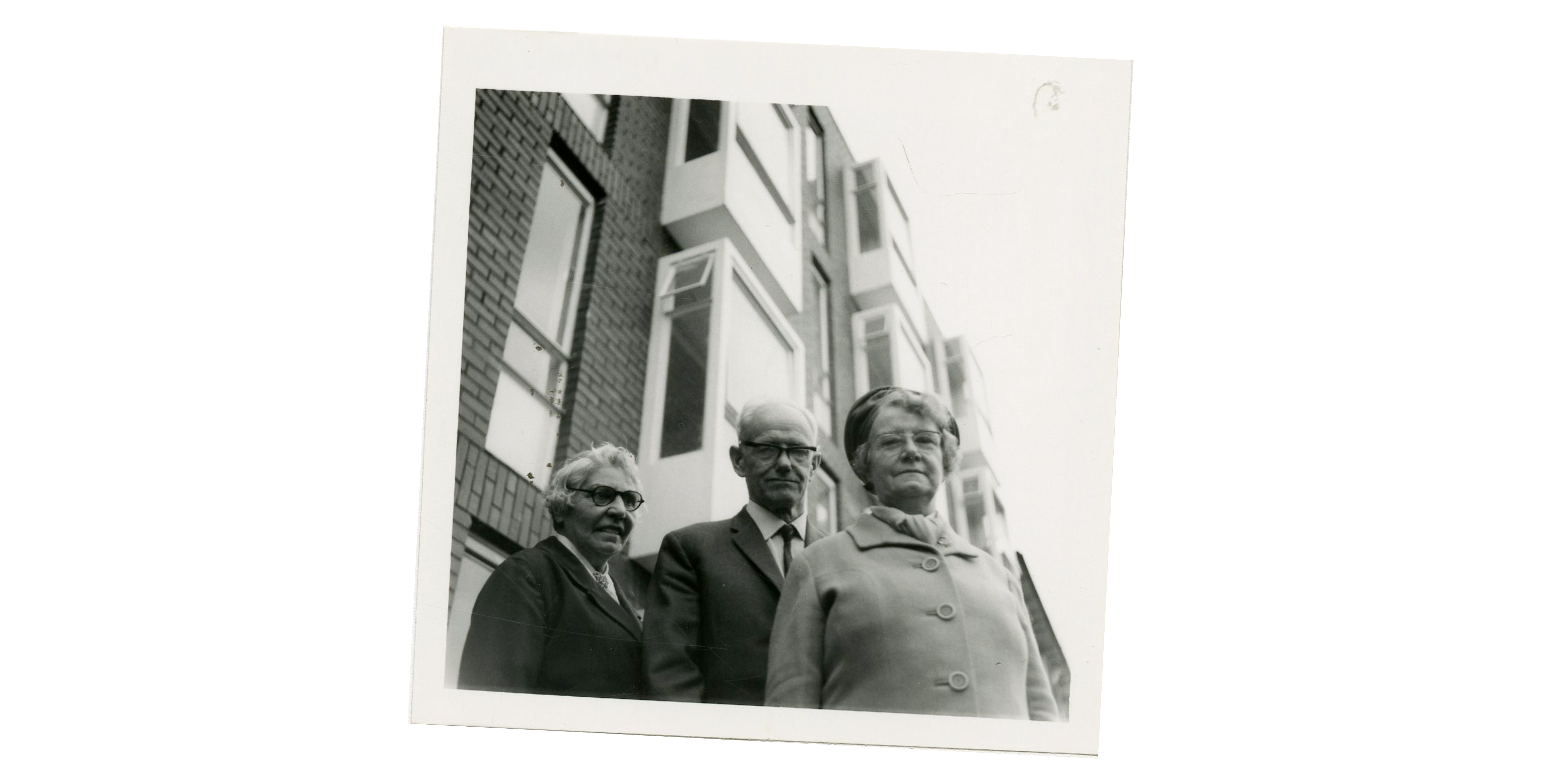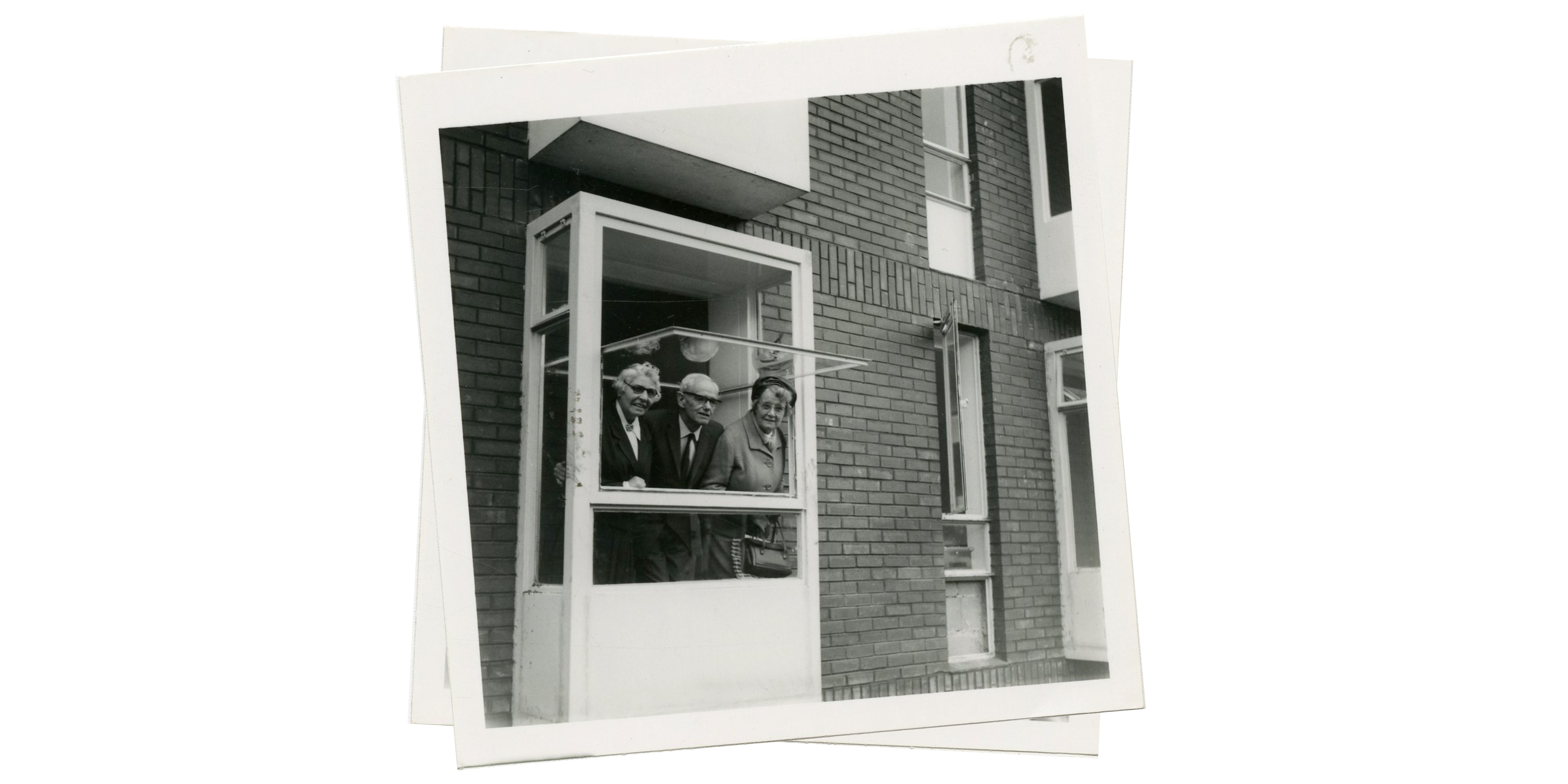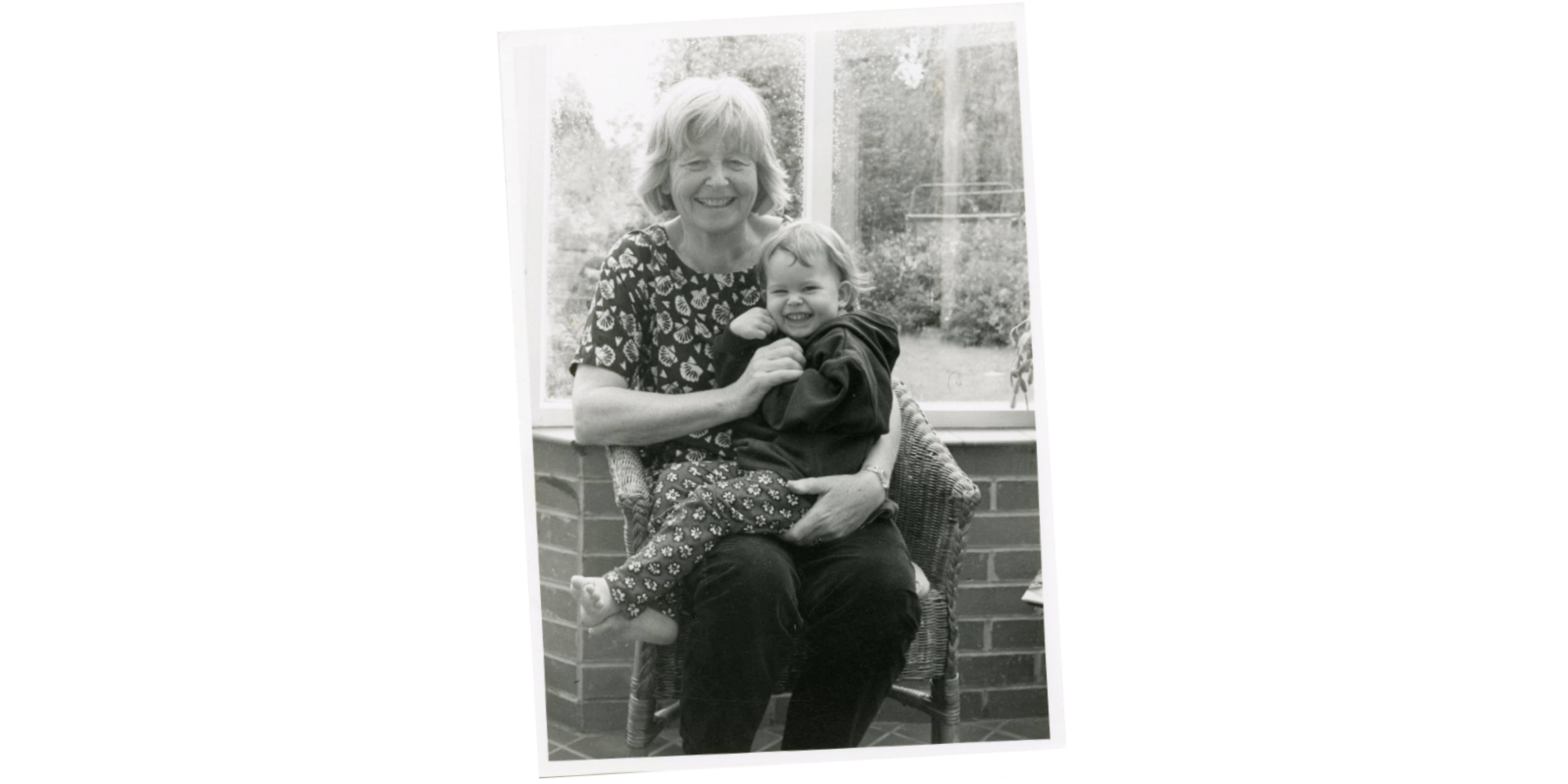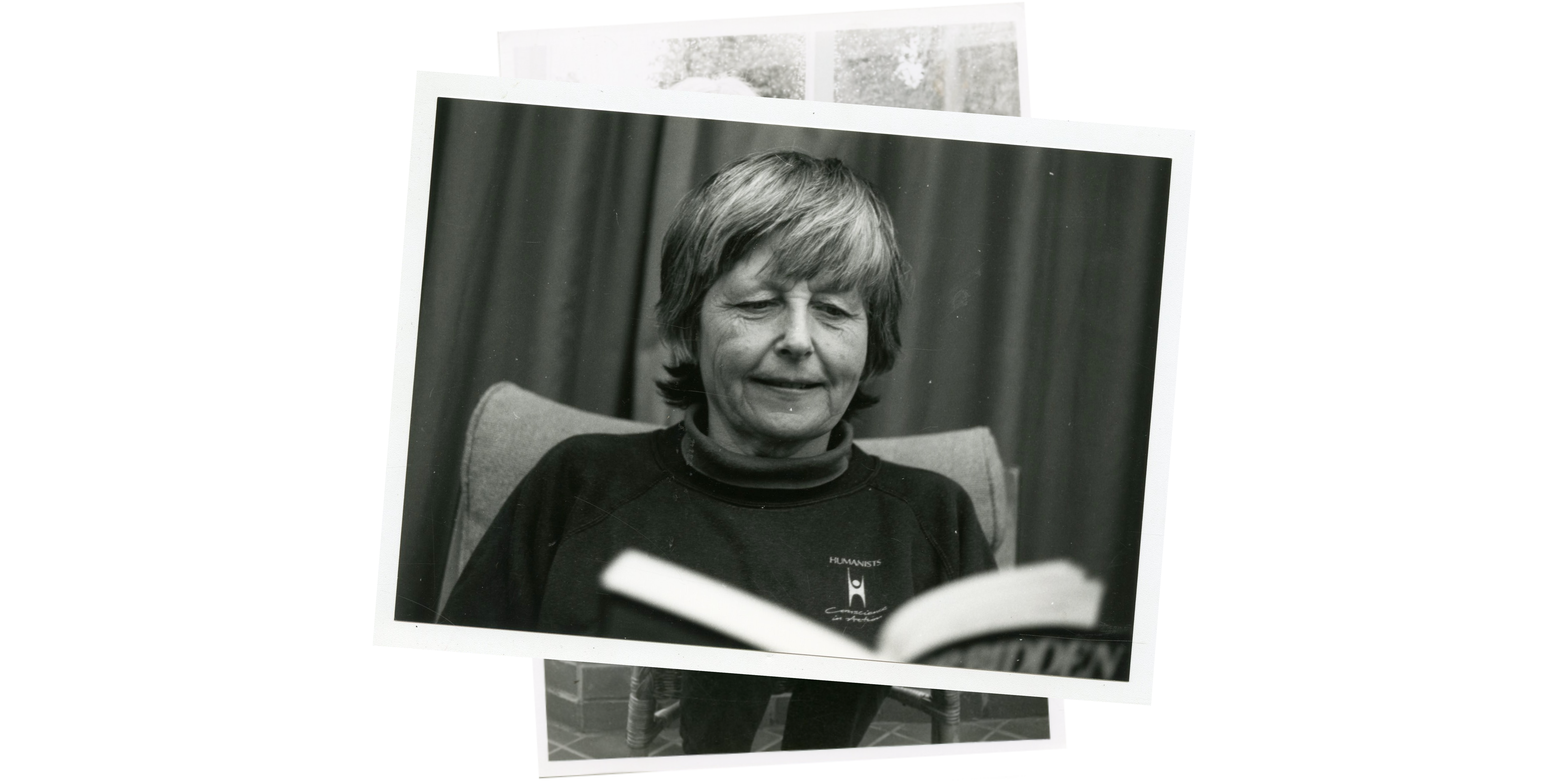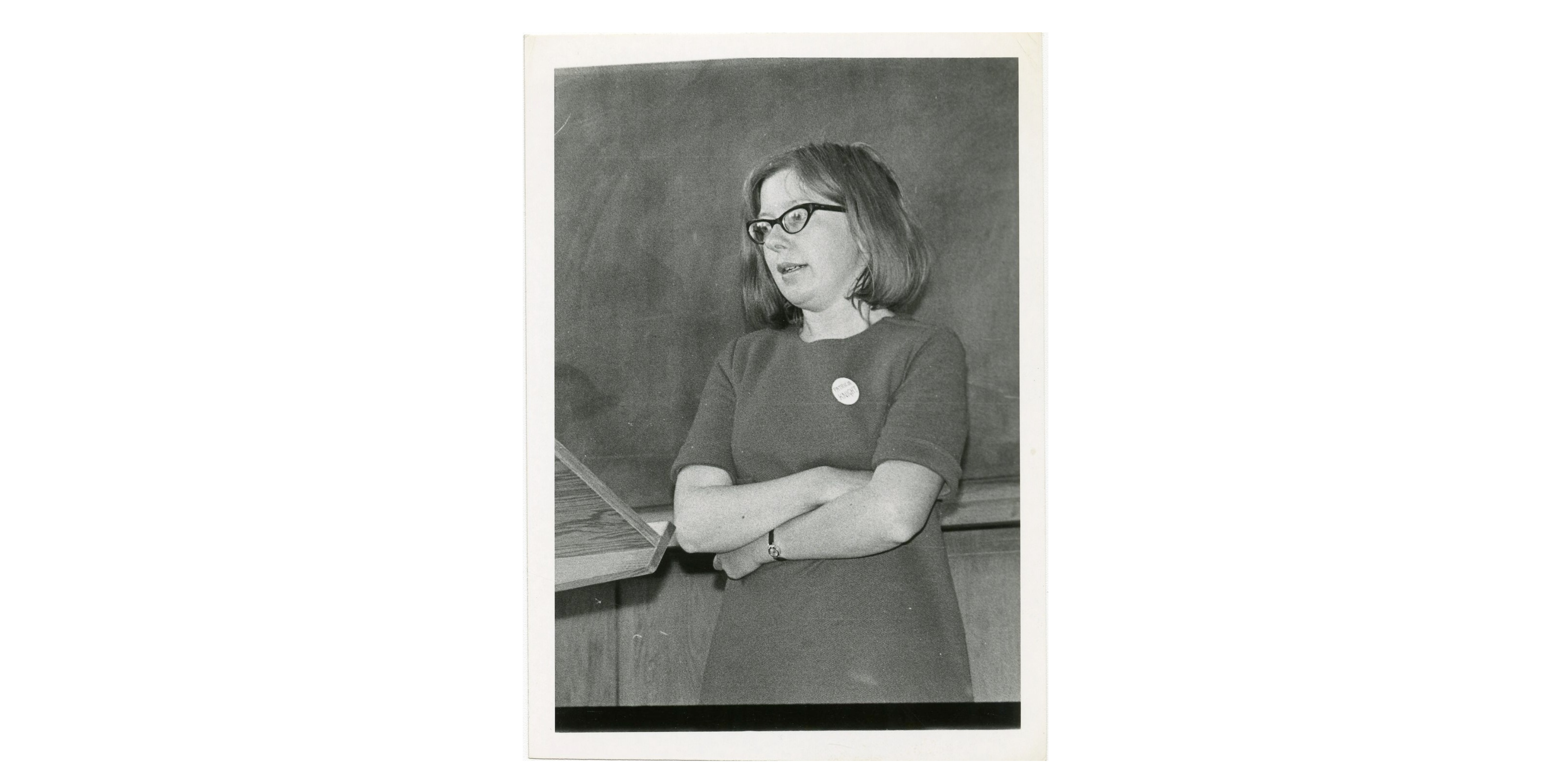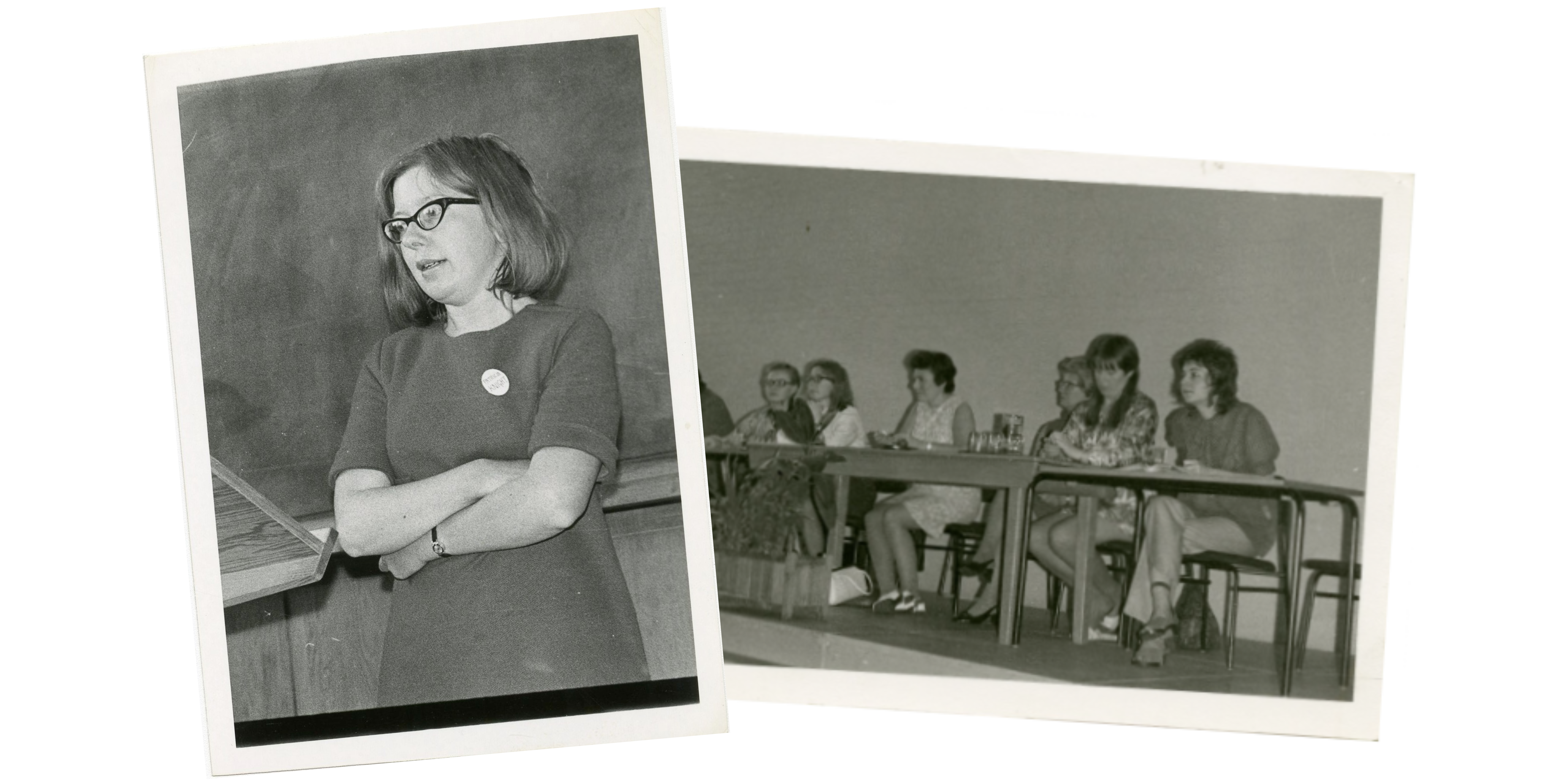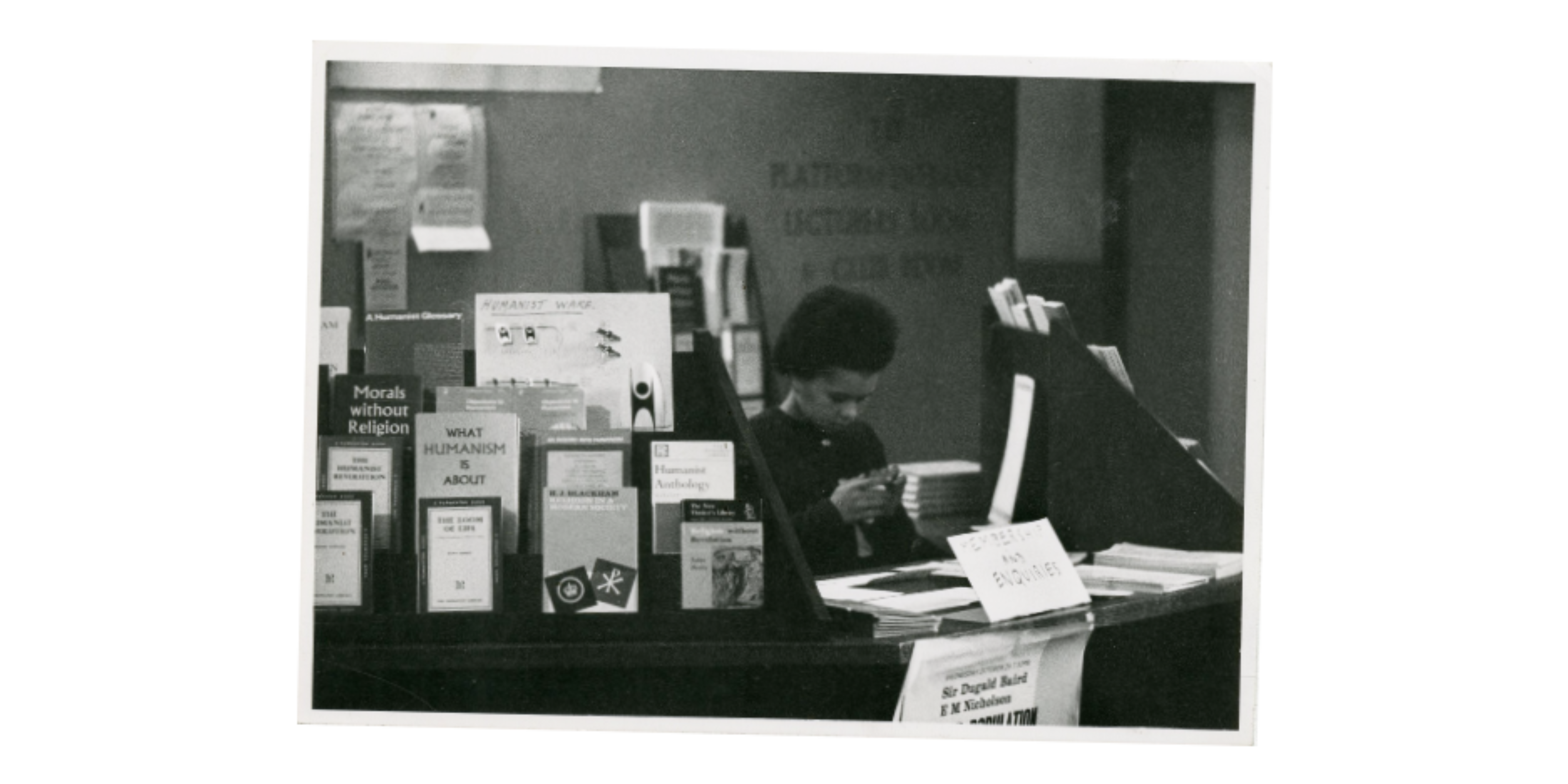-
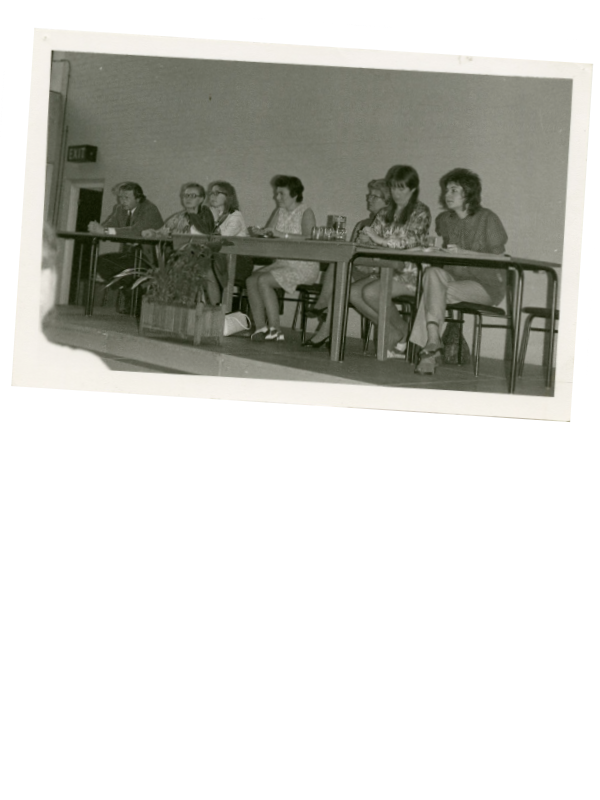
-
1971
Women’s Liberation at the Annual Conference
Women’s Liberation was theme of the 1971 annual conference of the British Humanist Association.
This photo from the conference shows a panel of humanists discussing the theme. Pictured are Clive Jones, Barbara Smoker, Pat Knight, Diane Munday, Barbara Pilbeam, Jo Beaton, Vera Lustig. According to a report in Humanist News:
The panel spoke in favour of the abolition of marriage and also, for good measure, for the integration of public lavatories—a viewpoint which earned in Monday’s Guardian the headline “Lib in the loos and kitchens”.
-
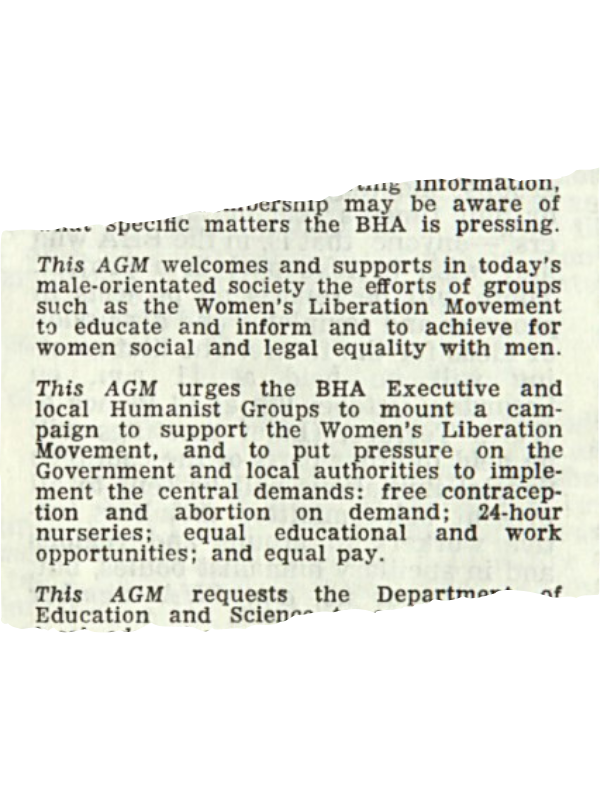 Motions passed at the 1971 AGM of the British Humanist Association
Motions passed at the 1971 AGM of the British Humanist Association -
An emphasis on equality and the rights of women had drawn many to the humanist movement, including at the BHA’s founding 75 years earlier as the Union of Ethical Societies.
The remarkable women at the heart of organised humanism during the 1970s and 1980s had their forerunners in figures like Zona Vallance (1860-1904), May Seaton-Tiedeman (1862-1948), and Ernestine Mills (1871-1959) – all of whom had fought for women’s social and legal equality.

